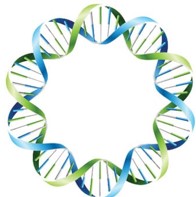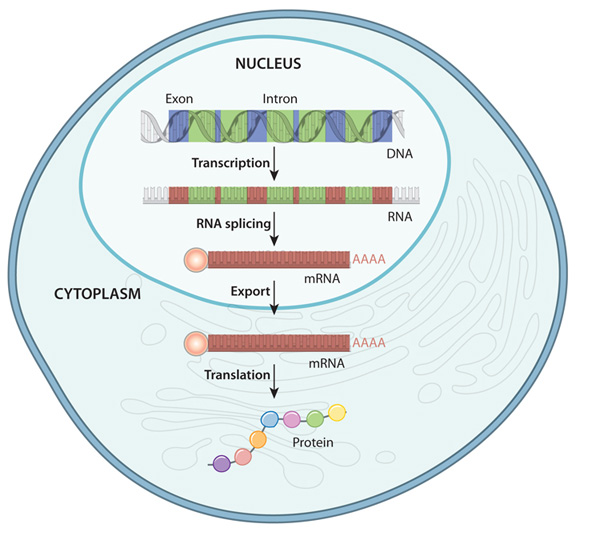- HOME
- Vienna 2024
- Lithuania 2023
- 16th CEEPC Prague 2022
- Proteome & Proteomics
- Proteomics Potentiality
- Precision Medicine & Cancer
- Proteomics and COVID-19
- Big Data & AI
- Spotlight Lithuania
- Humanity
- Meeting Reports & Tributes
- Country Profiles
- Proteomic Snippets
- Enabling Advances
- Spotlight Czech Republic
- Spotlight Poland
- 13th CEEPC - Ustron, Poland
- Spotlight Romania
- 12th CEEPC - Bucharest
- Spotlight Slovakia
- Spotlight Macedonia
- Sports Medicine
- Contacts & Copyrights
Proteomics, Genomics and Metabolomics
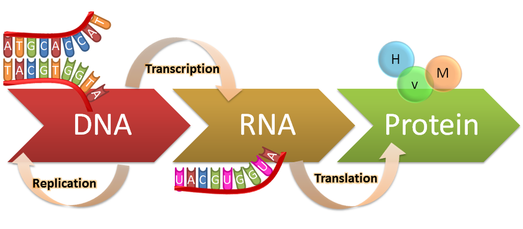
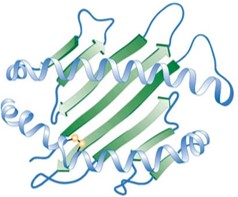
Proteome and Proteomics challenges to date
The completion of the human genome sequence more than a decade ago was an indisputable triumph for biomedical research; however, it did not provide answers it promised to tackle diseases which have baffled mankind. Since then, researchers have continued to expand their knowledge of basic elements within the genome, where connecting genotype to phenotype will require an ‘in-depth’ view of how the protein products of genes operate and interact. The prevalent view in the past was that flow of exciting information would be from genomic breakthroughs to transcriptome to proteome. However, very soon it become apparent that proteome and proteomics can be used to annotate the genome and that the genomics field can now hugely benefit from proteomics research.
Despite excellent achievements over the decade, there remained a “long gap” between primary genetic information which was rather static and easy to read, to the ultimate form of real information reflected in the function(s) of the protein coded by a given gene where proteins carry out these functionalities to drive biological processes in response to variety of stimulus. Late 1970’s witnessed development of various analytical methods allowing fractionation of hundreds of diverse proteins at once. It is not surprising that both Genomic and Proteomic progresses are very closely linked to the development of novel technologies and methods.
The term “proteome” was introduced at the 1st Siena Conference in 1994 in a presentation entitled “From Genome to Proteome”. Since then, the words Proteome and Proteomics have become representatives of complex approach to the study of the proteins (a fitting analogy to the term genomics). Over the years, Proteomics went through the various time periods including awareness of its own potential and fascination by emerging complexity on one side, on the other side it suffered from the lack of means for protein identity. Luckily, this was resolved by the emergence of Edman sequencing followed by mass spectrometry focus on protein entity. Of the many proteomic technologies current focus appears to be on the development of mass spectrometers, nano-chromatographic systems and robust bio-informatic tools. Many of the studies identified around ten of thousands of protein products of gene expression at once, but with little interest to the biological meaning and ability to distinguish possible individual variants of the protein (protein species/proteoforms) due to mainly posttraslational modifications and RNA splicing. While large proteomic data sets have been collected from many different tissue types, more needs to be done and efforts need to be directed towards tissue-specific proteins and posttranslational modifications that affect protein-protein interactions, in addition to protein functionality.
Proteomics linking Genomics and Systems Biology
The greatest promise for the detection and treatment of diseases lies in the deep understanding of molecular basis for disease initiation, progression and efficacious treatment based on the discovery of unique biomarkers. Although progress in genomics has been rapid during the past few years, it only provides us with a glimpse of what may occur as dictated by the genetic code. In reality, we still need to measure what is happening in a patient in real time, which means finding tell-tale proteins that provide insight into the biological processes of disease development. This is because genes are only the "recipes" of the cell, while the proteins encoded by the genes are ultimately the functional players that drive both normal and disease physiology.
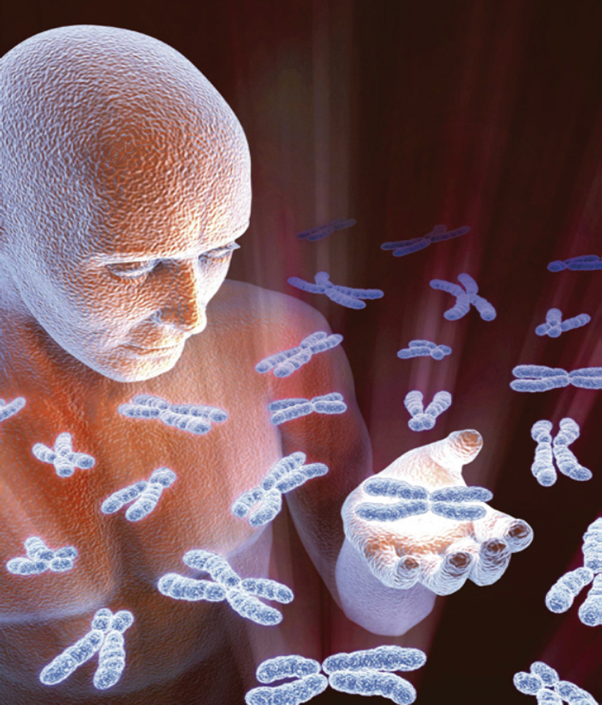
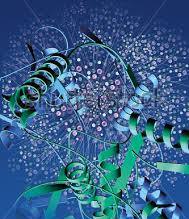
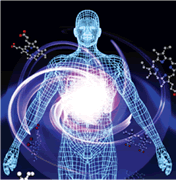
Genomics Proteomics Metabolomics
Proteomics urgencies:
- Comprehensive analytical proteomic technologies to deal with more than 109 dynamic protein range in tissues and body fluids
- Improvements in quantitative proteomics in order to eliminate variability in protein detection and quantification leading to analytical variability which is not relevat to biological system
- Protein interaction studies to decipher biological function of the proteins
- Bioinformatic algorithms allowing data reduction, evaluation and their conversion to biological usefulness
- Standardisation of methodologies, assays and information
- Sensitivity, reproducibility and robustness of assays and technologies
- Targeted proteomics - good assay development and biomarker validation
- Integration between target identification and product development in pharmaceutical research
- Challenges are also in the translation of proteomic research to medicine, food industry, and environment (plant research, microbial, bacterial, fisheries, etc.).
- Medical research is vital for improving human health as it brings about a better understanding of the cause and effect of complex diseases. Promoting innovative medical research and its clinical application towards improved human health is absolutely vital as we progress
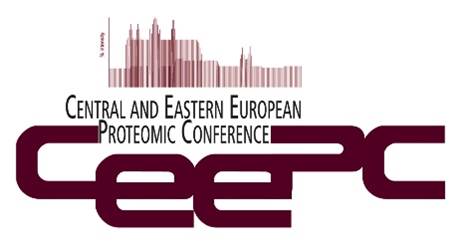
Promoting societal needs - ageing population, mental health and related diseases

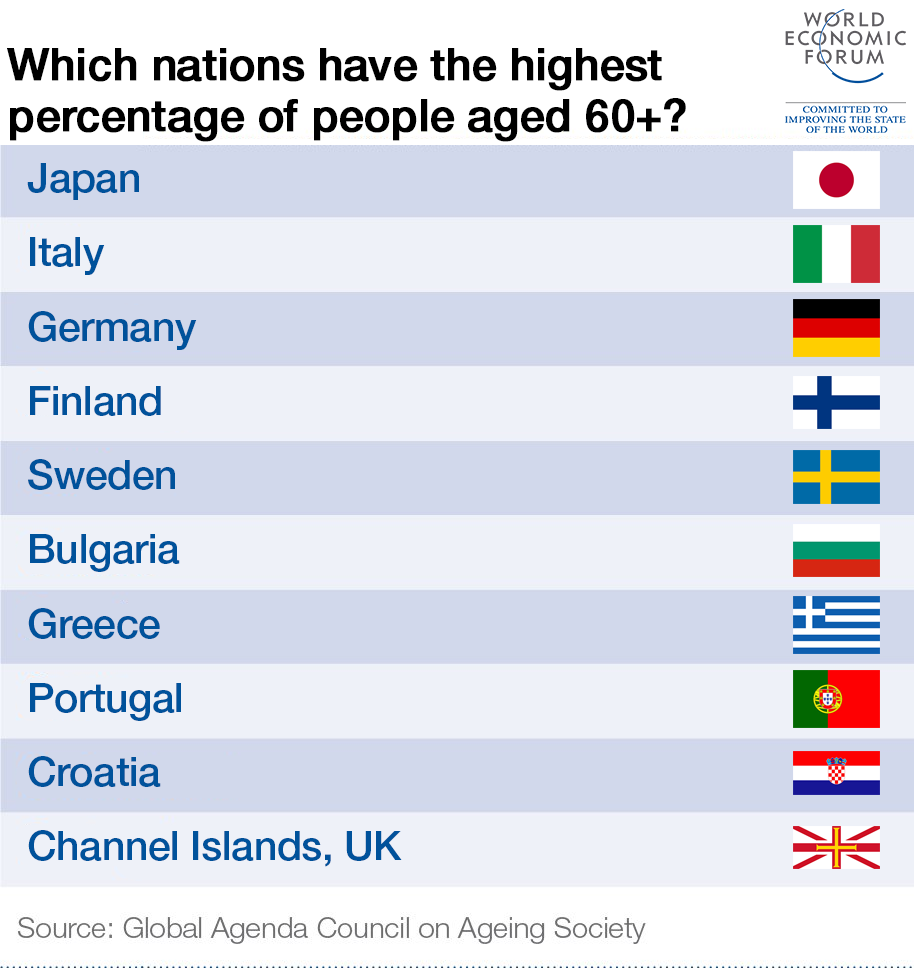
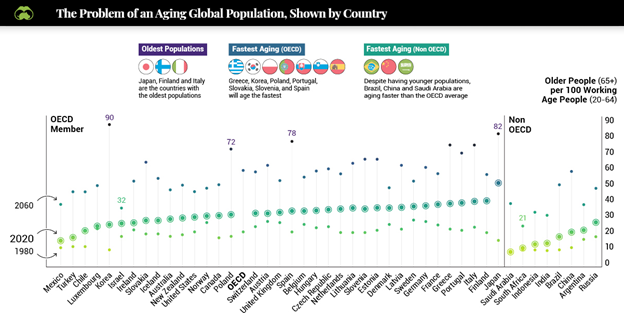
Ageing issues as of now
Ageing is associated with a wide range of human disorders, including cancer, diabetes, cardiovascular, and neurodegenerative diseases. Long thought to be an inexorable road toward decline and diseases, the ageing process needs 'in-depth' understanding. Although many studies have focused on the genes that impact aging, the nongenetic regulation of ageing and proteogenomic changes need careful examination. The potential reversibility of these epigenetic and proteomic changes that occur as a hallmark of ageing offer exciting opportunities to alter the trajectory of age-related diseases and / or impact quality of life.
Ageing
Ageing is a complex process and thought to result from multiple forms of molecular damage in our cells and tissues. Genetic changes, known as ‘somatic mutations’, occur in all cells and are largely harmless, but some can start a cell on the path to cancer or impair normal functioning. These somatic mutations have been speculated to contribute to ageing but studying them has remained difficult. With the recent advances in DNA sequencing technologies, we may be able to finally investigate the role of somatic mutations in ageing and in multiple diseases.
Ageing issues in ten years from now !
By 2030, it is estimated that approximately 25 percent of the Europe’s population will have had their 65th birthday. We know that ageing is not just a European problem but a global issue. Additionally, World Health Organization (WHO) estimates that the proportion of deaths worldwide caused by chronic diseases will rise from 59 percent in 2002 to 69 percent in 2030. Some infectious diseases too are increasing in frequency, and the combined burden of chronic and infectious disease is predicted to be an increasingly significant issue for public healthcare systems and clinicians, researchers and scientists. Recent Corona virus infectivity will no doubt, impact on these statistics in a significant way.
Ageing is not all doom and gloom!
Whilst addressing ageing, we should also enjoy 'healthy biological ageing'
which goes 'hand in hand' with ...........
a good aged and mature wine!
& lets be honest.............!
.... n ˈviːnəʊ ˈvɛrɪˌtæs

in vino veritas - (ɪn ˈviːnəʊ ˈvɛrɪˌtæs)

In vino veritas is a Latin phrase meaning "In wine, there is truth", suggesting a person enjoying an excellent fully matured wine, is more likely to speak their hidden thoughts and desires whilst reflecting on their past years (biological ageing). CEEPC does its best to facilitate these precious moments !
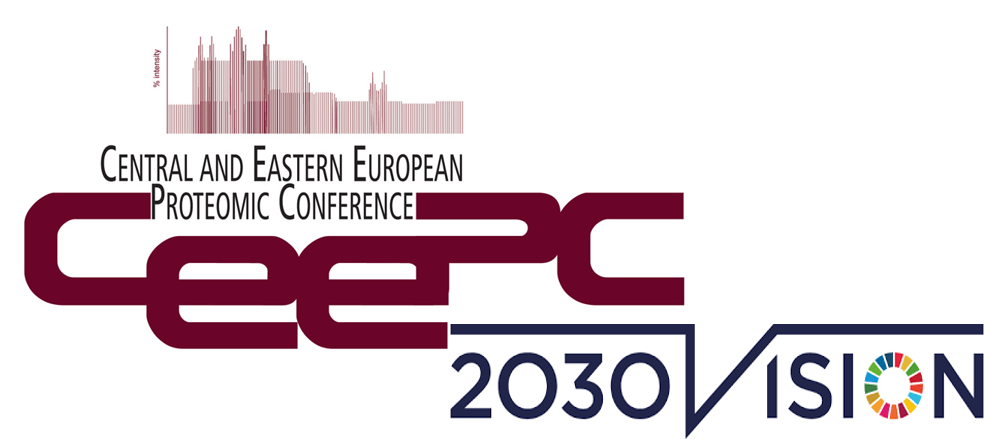
Proteome and Proteomics addressing societal challenges of the present whilst also focusing on the future !


